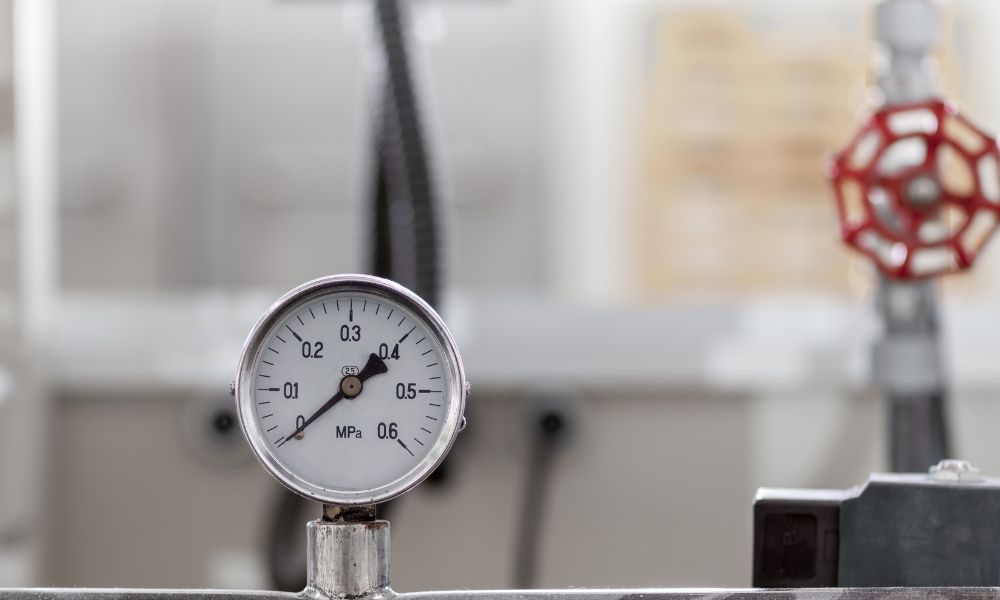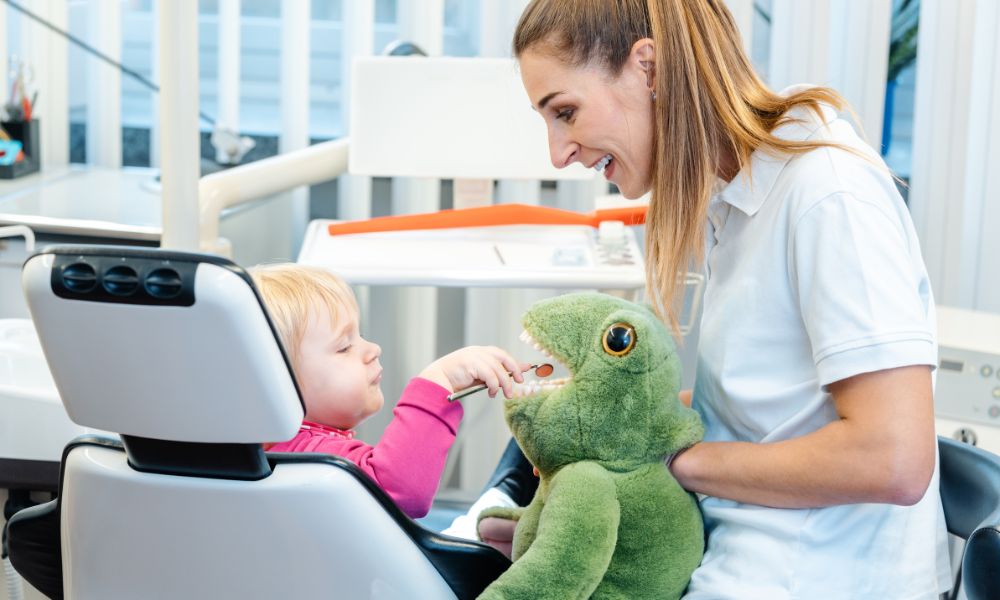Asthma is a common condition that requires sufferers to be acutely aware of their surroundings. Whether you’re at the store, at the park, or even in your own home, any number of potential irritants could cause an attack. Because of this, it’s essential that you find ways to reduce the number of risks in your home. This way, you can be sure that you and everyone who walks in your door is safe and comfortable. This is how to make your home more asthma-friendly for your guests, your loved ones, and yourself.
Identify Common Asthma Triggers
If you live with asthma yourself or have a friend with this condition, you’re aware that each person has a set of triggers to be on the lookout for. Triggers are anything that could irritate the bronchial tubes and cause them to swell—creating an asthma attack. Knowing some of these triggers is essential to keeping them out of your home and making it a healthier environment overall. Some common triggers to consider include dust, hair, pet dander, and airborne toxins or chemical fumes.
Clean High-Traffic Rooms Regularly
Once you know what to look out for, making your home asthma-friendlier requires you to keep up with regular cleanings. Since you can find the majority of triggers on dirty surfaces or locked within fabrics, you’ll need to wipe down or wash these items often to reduce exposure. It’s recommended that you do this at least once a week to prevent further dust buildup.
Keep in mind that if you don’t plan to clean the whole house all at once, you should prioritize the higher-traffic areas. This ensures that all the essential rooms are still safe for your guests to spend time in.
Store Inhalers and Medical Equipment Strategically
Make sure you think carefully about where you place your inhalers and respiratory monitoring devices. These items are critical to easing a person’s symptoms and allowing them to catch their breath in the middle of an attack. In addition to a prescribed inhaler, having a pulse oximeter at home allows you to quickly check a person’s oxygen levels and decipher whether they’re in a state of emergency. It’s highly encouraged that you keep these things in strategic locations where you can easily access them when you need them.






